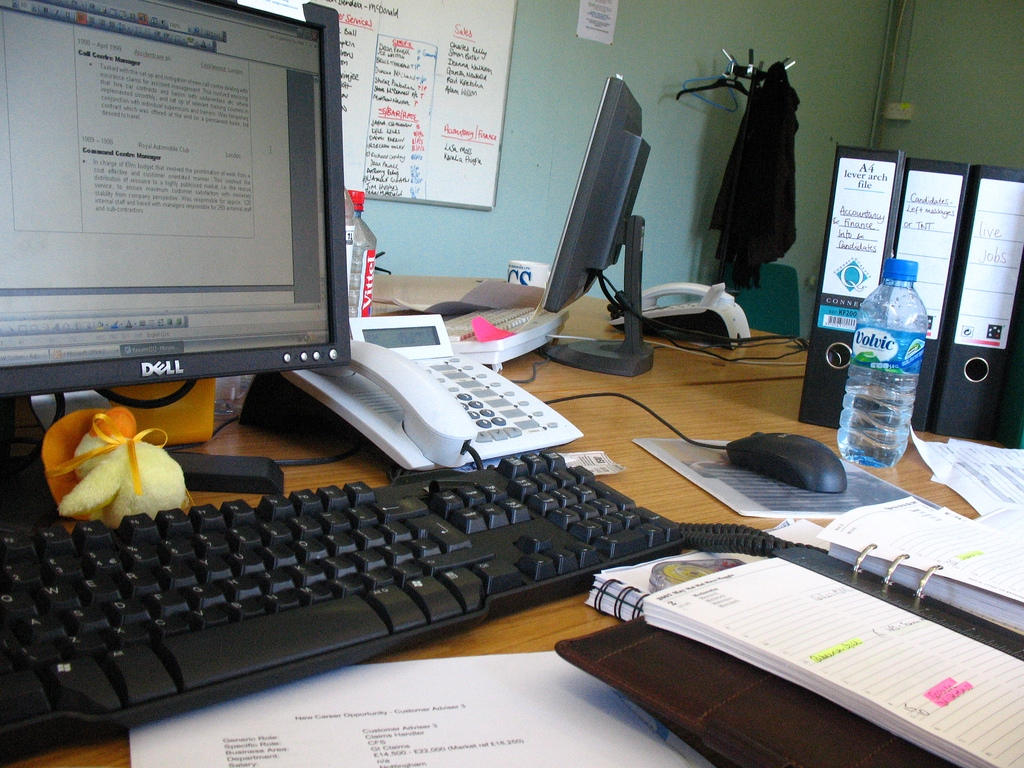This article forms Part Four of our Social Media Series.
The ability to interview someone for a story is a skill best learnt over time. If you’re a journalist who is just starting out don’t worry if you’re horrible at it – most of us have had to learn the hard way. In fact, just recently I found myself stuck in a vortex when interviewing what seemed to be a roomful of crazy people; they spoke at me for three hours about everything besides the topic at hand. Needless to say, I got the quotes I needed at 2 hours, 58 minutes. It was not a good interviewing day.
Thankfully, most of the work I have to do at the moment doesn’t necessarily involve strict reportage. I am not a hard news journalist, which means that I rarely need to catch people off-guard with witty or interrogating questions. I am more of a “soft news” feature writer – I tell people’s stories. My job is therefore to get “gem” quotes out of my interviewees. Used sparingly, quotes are usually what drive most of my pieces. They are what transform a good piece of writing into a great one. This is where the Internet really has its perks.
Online correspondence puts your sources at ease
Not everyone is necessarily eloquent and a lot of people find formal interviews rather unnerving, which doesn’t make for the best quotes. I’ve found that contacts are more open to communicating online because they can think carefully about what they want to say and how they want to say it. A written response inevitably produces a smorgasbord of excellent quotes. And once you have your selection, constructing the rest of the story is normally a breeze. Of course, there are exceptions. Not every story lends itself to online correspondence. You might find that you need someone’s initial reaction to a question, or that there is simply no time to wait for an emailed response. A face-to-face interview also allows for better observation: Did the person laugh or chuckle at that question? Did he or she choke up when talking about x, y or z? These are the types of necessary details you lose if you aren’t interviewing someone in person.
But sometimes a busy contact doesn’t have enough time in a day to sit down for an interview. I often need to get a doctor’s professional opinion on my stories and have found that they respond best via email (which they often only get to late at night). There are also times when a source lives on the other side of the country and your publication won’t necessarily be able to fit the bill for travel costs. This is where Skype and email are particularly handy. In these types of situations I personally like to do the bulk of my interviewing telephonically (to listen out for any emotion in my source’s responses). But when I need to follow up on something, or ask another question, email works best.
Crowdsource for more general reports
Always view your friends or followers on social media sites as easily accessible contacts. Ask questions and start up discussions in groups or on fan pages. If you’re curious about something in particular it’s highly likely that others will be too. Your discussion will spark off interesting conversations which you can turn into material for a story. A lot of news broadcasters and publications have even started using Facebook and Twitter comments as vox pops (on-the-street interviews with “ordinary” people used to decipher public opinion). You can also share a link to a survey you’ve created on www.surveymonkey.com. This allows you to procure specific feedback from the public without you even having to leave the office. It also lends itself as data you can use as part of an alternative story form (e.g. you can create a graph out of your feedback).
Remember, however that you are a journalist and not a social loafer. Use social media as one of the tools you use to enhance your story, not as your sole method of procuring information. Some answers are best obtained the hard way.
Do Your Homework
Always remember to inform yourself as much as you can about a specific topic before delving into an interview. It’s much less daunting to interview someone from behind the safety of your lap-top, but that doesn’t mean that you can jump in blind and fearless. Take the time to do your research and to map out particular questions that you want answered. Remind yourself what the bottom line of your story is. What did the initial brief from your editor say? What do you personally want to accomplish with this piece?
Remember that an online interview can quickly become impersonal. Make sure that you still come across as polite and respectful but learn to stay in control of the interview. As with all things to do with social media, be discerning when it comes to interviewing someone online. There are times when it will benefit you as a reporter and times when it may sabotage your story.
About the Author

Samantha also works as an assistant lecturer for the University of Pretoria’s Department of Journalism.
Photo credit: Flickr_playfullibrarian














